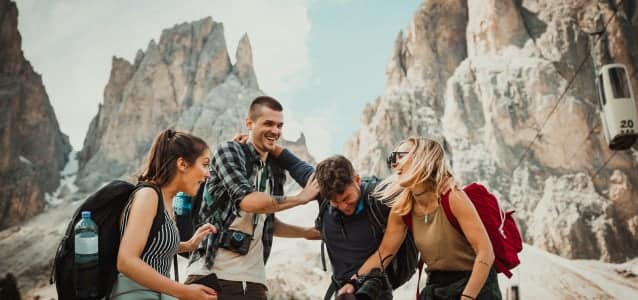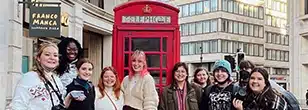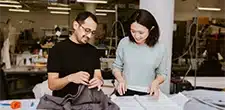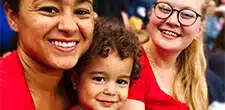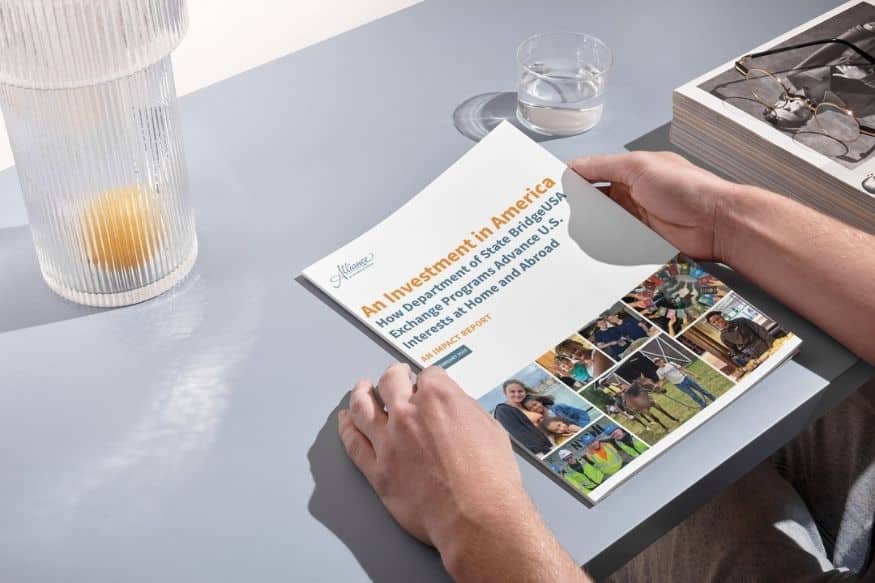Generally, it’s good idea to open a U.S. bank account to manage and access your finances, especially since an American account can cut down on international fees your own bank may charge.
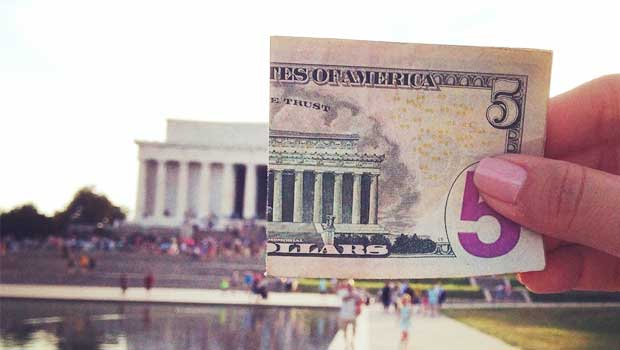
Image courtesy of Celina
Below are the necessary steps for opening a bank account in the U.S. and some things to keep in mind.
1. Explore your options
Most checking accounts in the U.S. are free to open! Do some research and find out which banks are convenient for you. You can visit the banks and meet one-on-one with someone at the bank who will explain how to open an account. You can also ask American friends and co-workers which banks they would recommend using. You’ll want to consider where the bank is located and where they may have other branches and ATMs available.
2. Questions to ask the bank
- Do you have a minimum required amount to open an account or a minimum daily balance? (We recommend avoiding this.)
- Do you have a maintenance fee? (We recommend avoiding this.)
- What additional fees do you charge? (Are there overdraft fees? ATM fees? What extra fees might you incur?)
- What do I need to know about online banking?
- What do I need to know about closing my account before I leave?
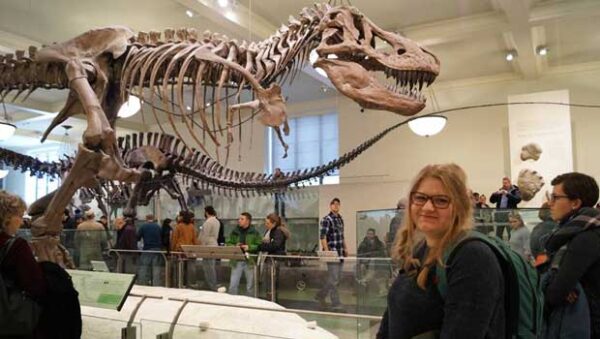
Image courtesy of Jennifer
3. Bring the right documents
Keep in mind that each bank is different and may require different or additional documentation (particularly forms of identification) from the list we’ve provided below. Check your chosen bank’s requirements online before going in person to open your account.
- Your passport with your J-1 Visa
- DS-2019 Form and any other documents related to your J-1 Visa
- I-94 card
- Your Social Security card (if you have already received it)
- Your full name, living address in the U.S., phone number, place of employment (Some banks might ask for your lease or something showing your local address, like a utilities bill)
- Your student ID card (if you have one)
- Government ID from your home country (if you have one)
- A credit card (if you have one; it can also be used as a form of ID)
4. What to expect
When you go into a bank, someone will greet you and ask how they can help you. Tell them that you are interested in learning about opening an account with them. You will probably want to open a checking account. If you are doing direct deposit with your employer, they can automatically have your paycheck deposited into your account. Make sure you have the documents listed above with you!
Don’t leave without finding out who you can contact if you have additional questions or concerns. For day-to-day transactions and general banking, you can always wait on line to speak with a bank teller; if you just need cash, you can go to an ATM. You should also have the toll-free number for the bank in case of any emergencies, such as losing your card, so they can cancel it and send you a new one.
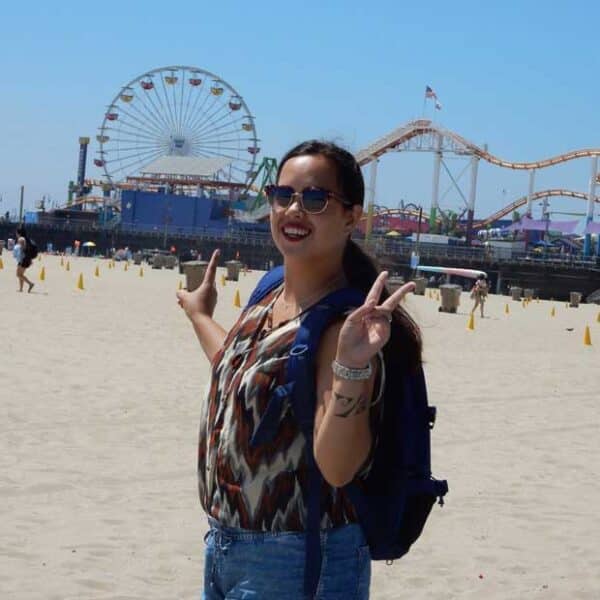
Image courtesy of Josine
5. Start banking
- Always keep anything bank related, such as account numbers and checks, in a safe place at home. You should never give out your account number or checkbook to anyone. Don’t share your ATM card or PIN number with anyone. Your host employer, though, will need some of this information if you wish to set up direct deposit, but they will never need your PIN.
- Keep the phone number for your bank with you or stored in your phone. If your ATM card is lost or stolen, you will need to call this number to report it and have a replacement mailed to you.
- Always be aware of how much money is in your account to avoid any overdraft fees or bounced checks.
- Withdraw cash at ATMs associated with your bank to avoid fees/penalties for using your card through a different bank.
- Use ATMs at banks or inside stores. Try to avoid using ATM machines on sidewalks where passersby can see you withdrawing cash or entering your PIN number.
- Monitor your account on your bank’s online site to ensure there are not any erroneous charges or fees that were not explained to you.
- If you will travel internationally during your time in the U.S. and wish to use your debit card, be sure to alert your bank in advance to notify them of your travel plans. Otherwise, they may suspect someone stole your card.

